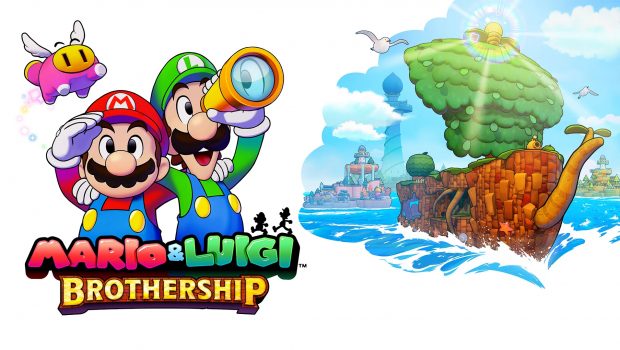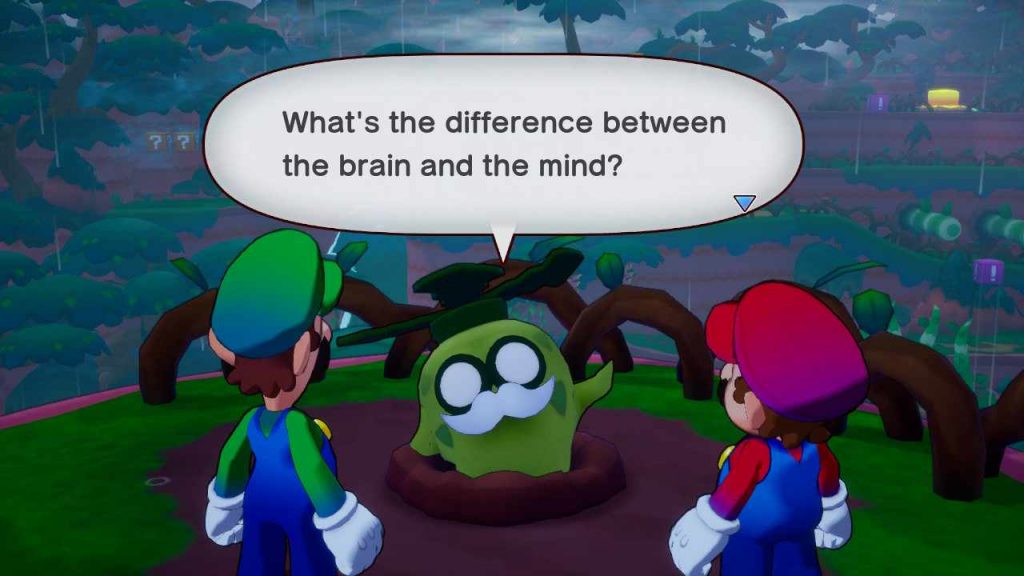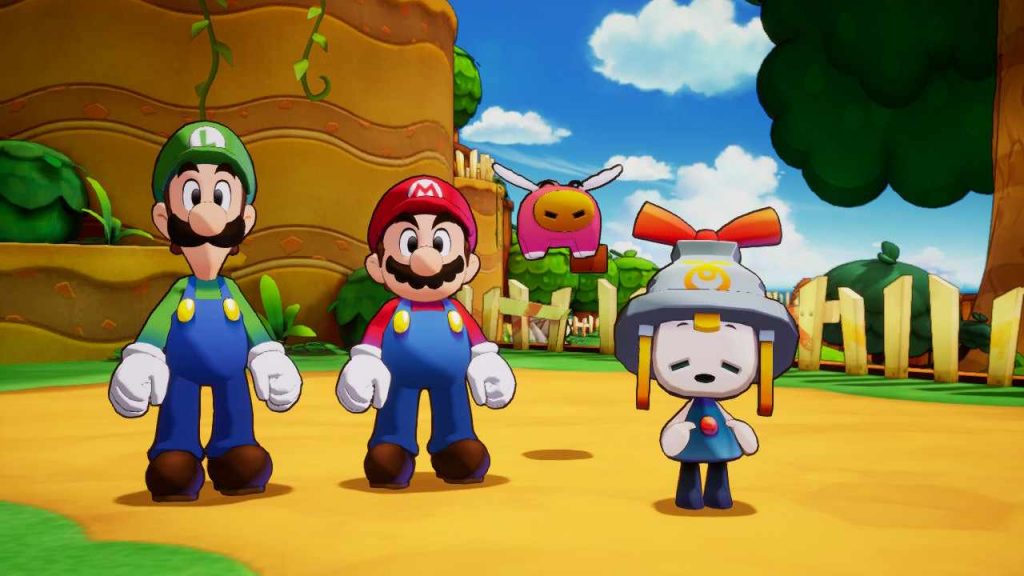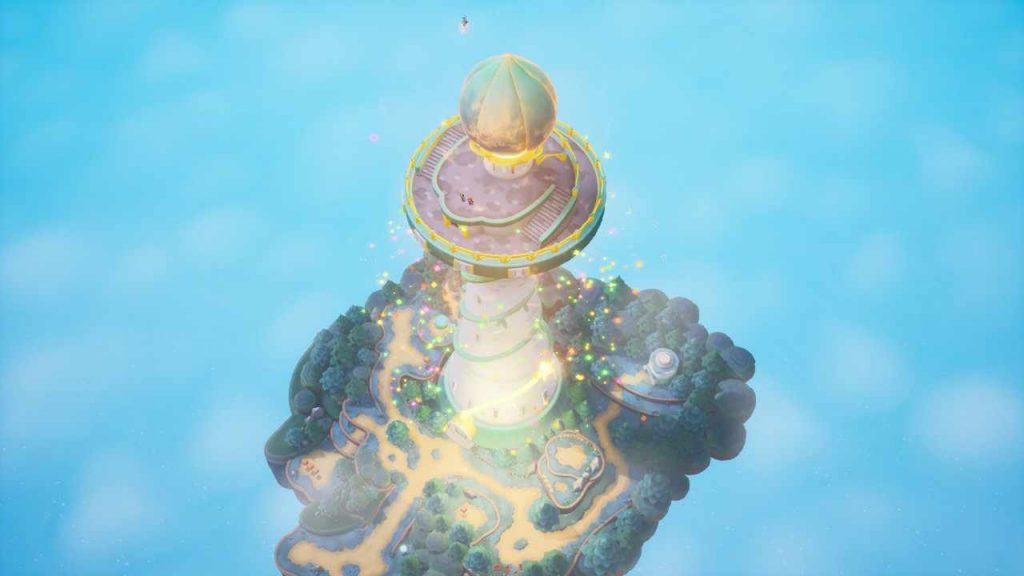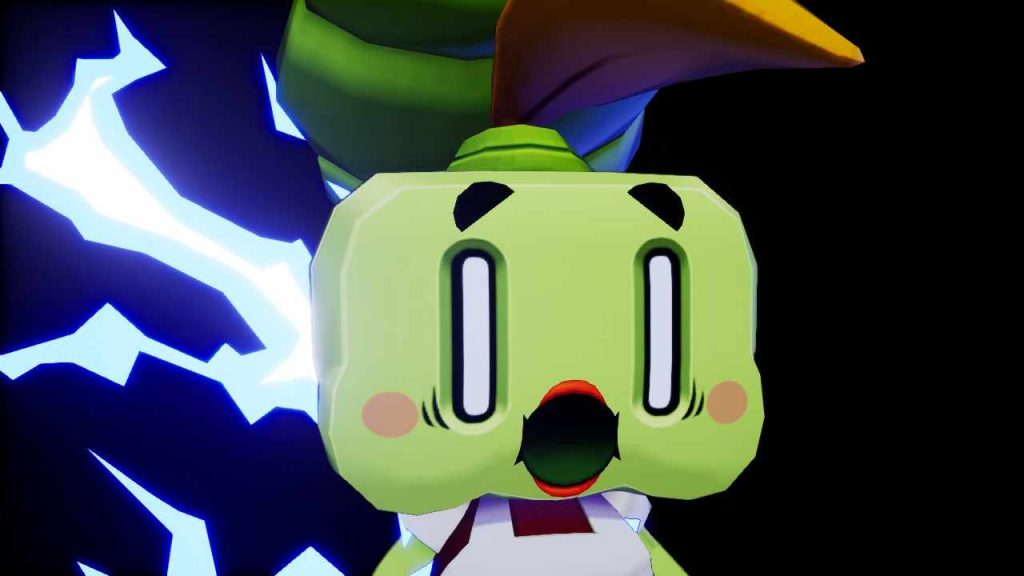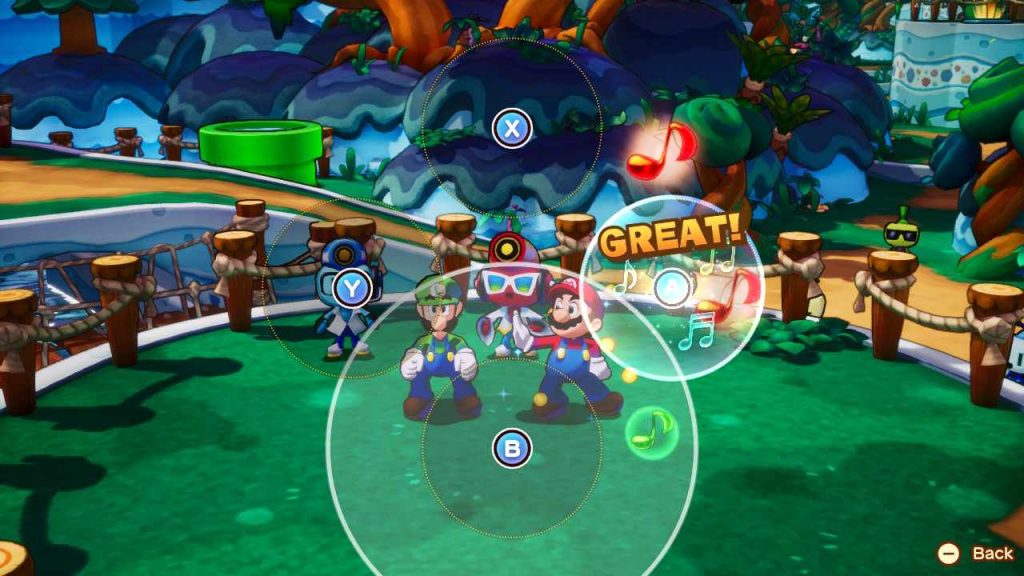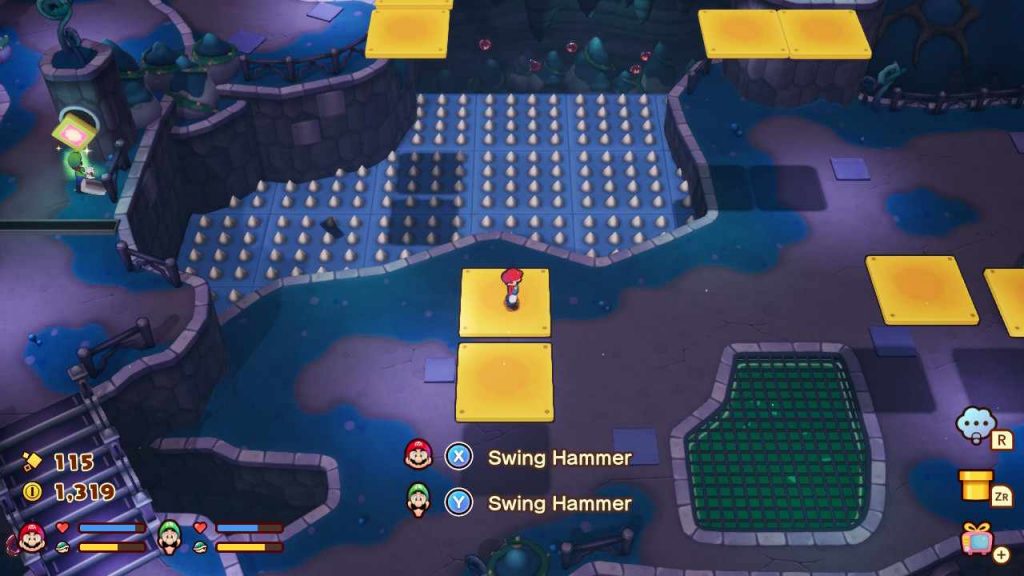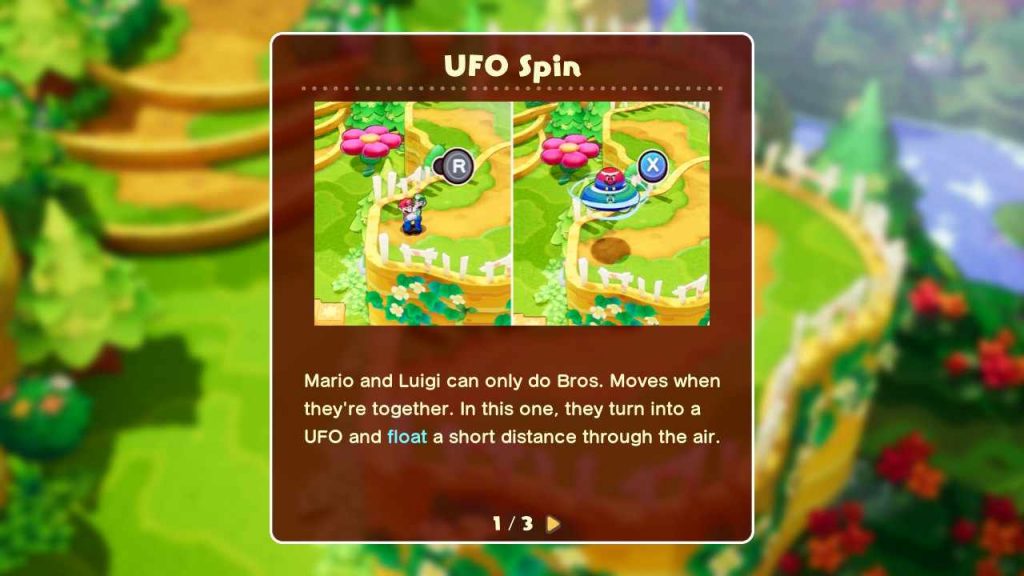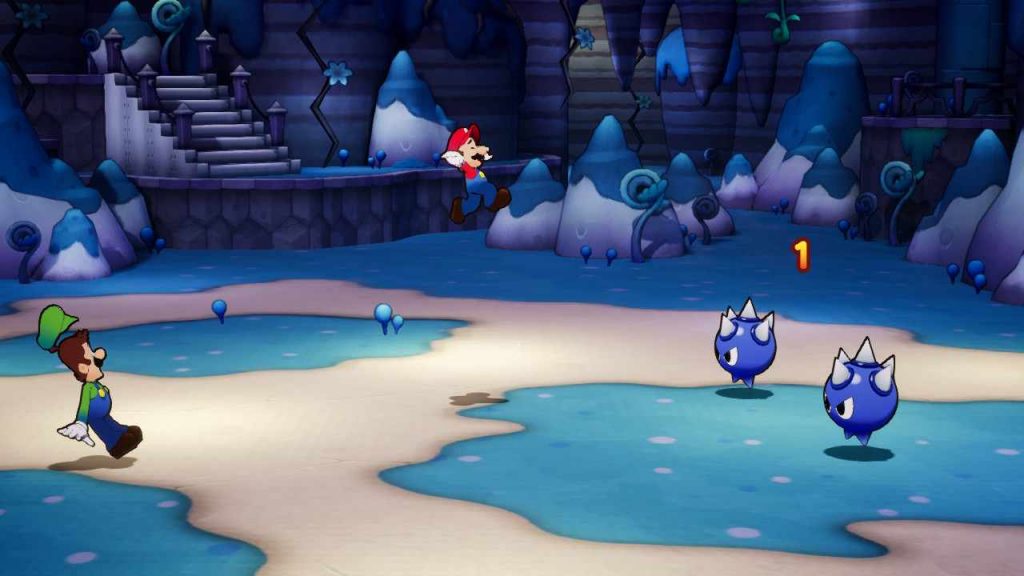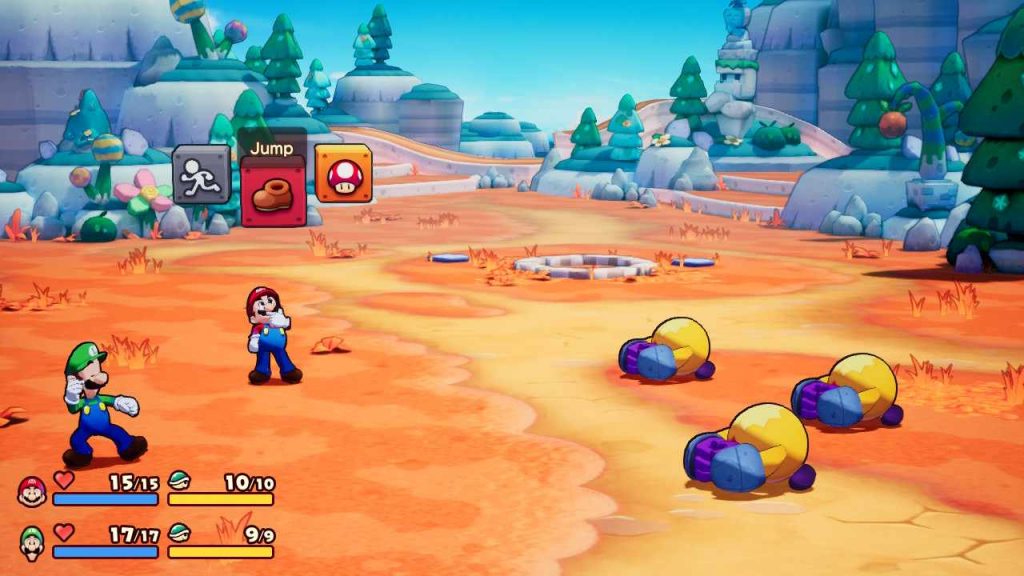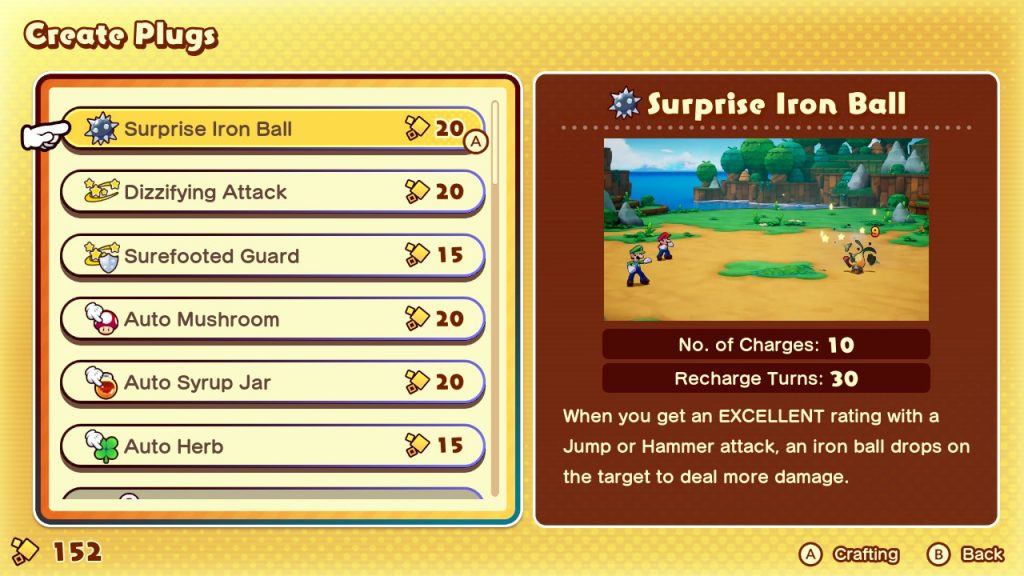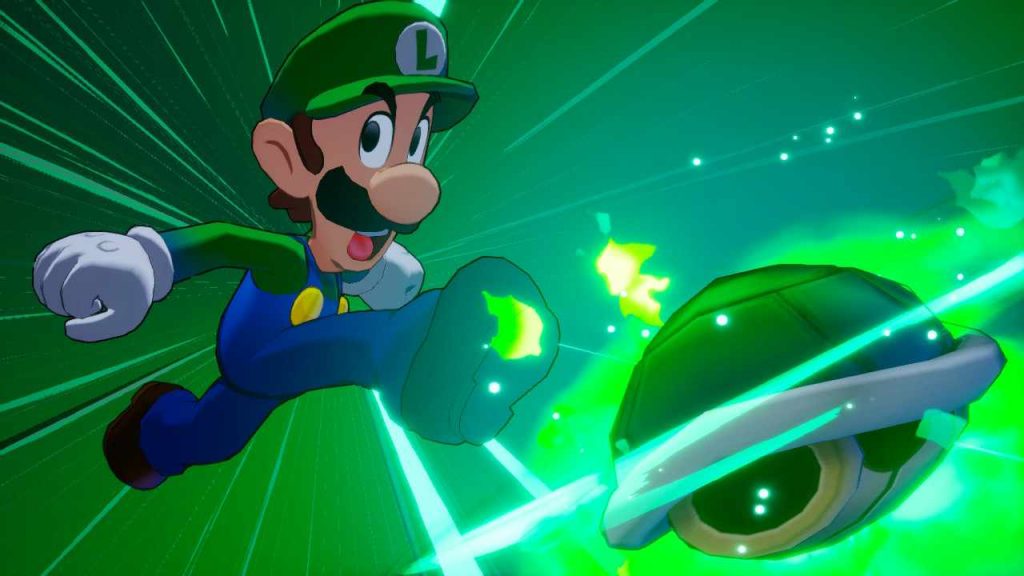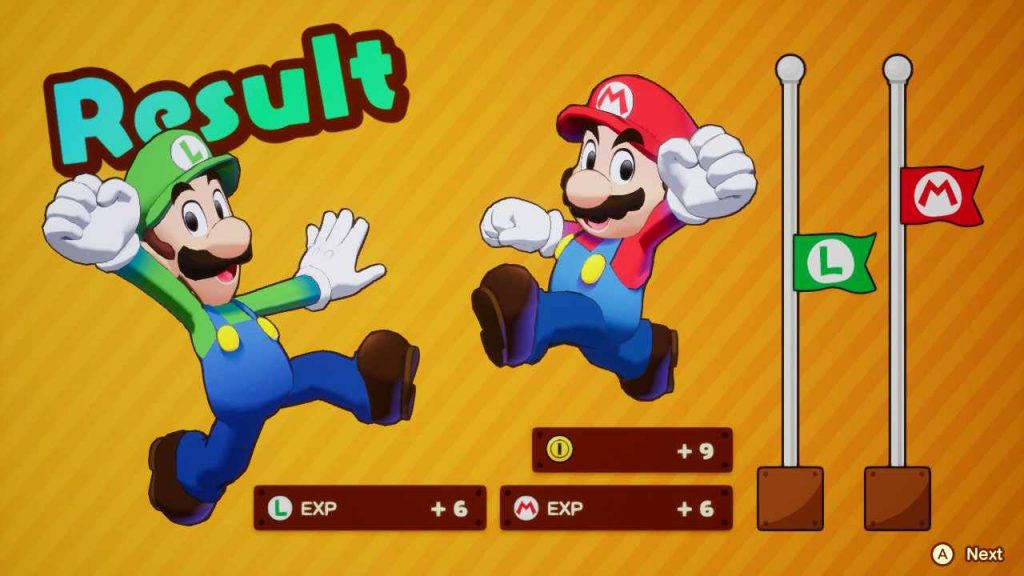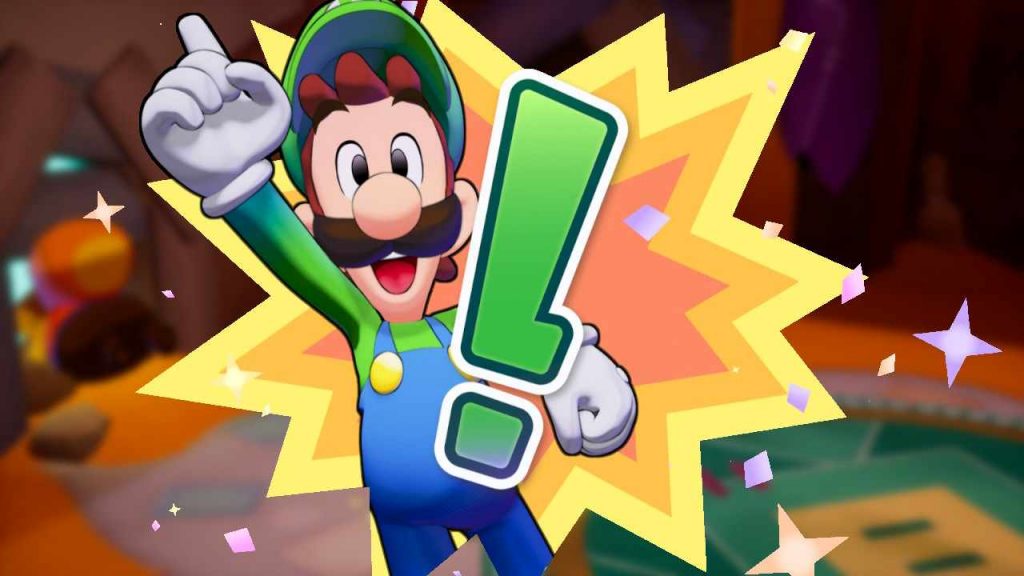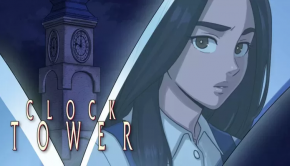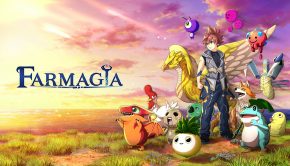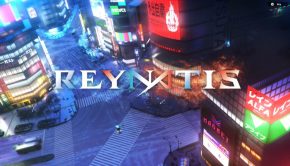Mario and Luigi: Brothership Review (Switch)
Summary: Mario & Luigi: Brothership is a role-playing game with a compelling combat system, beautiful graphics, and catchy melodies. While the blanketing narrative comes off as assertively obnoxious with interminable conversations mixed with a tiresomely obtuse progressive system, the flow of the game and everything in between is just peachy.
3.9
Pipe Down
Set sail on a high-flying daring adventure across treacherous seas with Mario and Luigi! Mario & Luigi: Brothership is a role-playing game developed by Acquire, published by Nintendo, and released on the Nintendo Switch on November 7th of 2024. This new installment in the duo’s RPG saga is the sixth main entry not counting two remakes. The Mario & Luigi games bring an interesting twist to the overall Mario franchise that the other games could never replicate. These games have surprisingly earnest comedy, fantastic gameplay mechanics, and offer up a nice mix-up of the series staple components and it’s all bundled up in a role playing fashion. While Brothership follows up on a lot of these ideas swimmingly, it keels over in other aspects.
Mario and Luigi are enjoying their day in the Mushroom Kingdom until Luigi gets chased off a cliff by a swarm of bees. After Mario catches his cowardly bro before his disastrous plummet, their gloves start to glow and they and other denizens of the kingdom get whisked away into a portal. The plumber siblings find themselves in the world of Concordia which is run by the great Uni-Tree, but for some reason the continents that were once connected have detached and spread across the ocean. While sailing on a giant island shaped ship called Shipshape Island and with the help of some new friends, Connie and Snoutlet, the group embark on a journey to power up the Uni-Tree, connect the parted islands, and take down whatever evil that caused this mess.
The story starts off a bit slow, but picks up a little bit and commits to this steady pace until the end. There is a lot of dialogue in Brothership and honestly it slows the momentum of the game a lot. The plot gets over explained at times and the excruciating lengths that the characters chatter can be down right appalling at times that even fast forwarding the speed of them talking and skipping all the cutscenes still wouldn’t provide any form of alleviation. Actual humorous moments are few and far between and it was pretty disappointing that Brothership didn’t fit this bill like its predecessors. Not that it needs to be a comedy show or anything, but the sense of humor felt diluted and more amusing than actually funny. There are some unanticipated moments of reprieve that felt very down to earth and some nice one liners from the villain of the story, but overall, Brothership didn’t encapsulate the original concepts of the past Mario & Luigi games as well as it should have.
Before you embark on your tasks, you are introduced to the central hub, Shipshape Island. This “island” acts as your boat and you glide across the sea’s currents to find lonely islands and the occasional abnormal rock formation. Your goal is to reach an unhitched island’s lighthouse to plug it back up to the Uni-Tree on Shipshape Island. The more islands you rescue, the more gear, items, abilities, and sidequests get unlocked. As exciting and freeing as that may sound, it is pretty straightforward and linear. While a more dynamic approach of roaming the mysteries of the deep could have been thrilling, the direct and concentrated approach here keeps you on track and is still fulfilling by providing ample opportunities to revisit levels and explore with newly acquired powers and skills.
Gameplay is immensely fun and the major highlight. You run around the world as both Mario and Luigi. The A button will mostly control Mario and the B button is set for actions for Luigi. You can jump to smash blocks to gain some coins or items, use your hammers to break boxes and open up a new path, or you can hit the L button to set Luigi off on a small chore like pulling up turnips or pushing a switch. The pair share some abilities like holding hands and turning into an unidentifiable flying object to access unreachable parts of a level. You will run into multiple puzzles while roaming the small varied environments and it is fun traversing the compact pieces of land. After I realized how short some of these levels are, I figured I would run into an issue where these bite sized stages came and went too fast, but I actually enjoyed the length of them. All the blathering that transpired is what prolonged some visits to feel like a hassle.
When the brothers aren’t running around or having long winded conversations, they are fighting. Enemies run around in the open fields of the world and running into them will start a turn-based battle. Brothership acts like any other RPG; there are buffs and debuffs, gear that you can equip with varying effects like providing a boost to one of your attributes, items to replenish health, and gaining enough experience levels your characters up so they have better stats. The Mario & Luigi games handle the actual fighting a little bit differently than other games though. You have to pay close attention during the combat because you are constantly participating. The brothers work in tandem, whether they are attacking or countering. Jumping on an opponent to deal damage will launch either Mario or Luigi on top of the enemies head but timing your button presses correctly will let whichever brother who isn’t attacking to grab the other brother in the middle of their flight and send them flying into the air again for another airborne stomping attack. This cooperativeness is shown through their other attacks too. Whether it’s a hammer blitz, bombardment of Koopa shell strikes, or a charge of electricity, the two work wonderfully together and the key to achieve the quintessential collaboration between the two is to stay attentive to construct the best outcomes for optimal damage.
Your foes will have an abundance of strategies to take the overall wearing mustache’d partners down. They will have attacks you need to jump over, they can throw rocks at you, bury underground to come up and surprise you, and sometimes they will even pick up one of the brothers to toss at the other. Figuring out all of the different techniques each enemy has is half the fun during combat and the other half is the strategies that you can use against them. Each brother has a BP meter which is used for your Bros. Attacks, which are essentially special moves. Eventually, you also gain abilities called Battle Plugs which add an interesting layer to combat that involves you switching back and forth between abilities like creating an explosion after an attack that hurts nearby enemies or a spiked ball falling down to hit foes. Strategizing with these Battle Plugs to strengthen the brothers own powers establishes a fun energetic gameplay loop that’s addicting and keeps you playing.
What RPG games do nowadays is try to keep things constantly fresh and not boring so you keep playing; which in turn actually makes the game tedious where you are constantly being introduced to new gameplay mechanics all throughout the game. Unfortunately, this notion is true with Brothership. I understand giving the player new things to do is a way of combating tedium design, but on the downside, you are getting interrupted way too much. It is also infuriating that you are stuck with a small amount of abilities for practically half of the game. I feel like the best part of the game is the combat, but it takes forever to unlock anything to make the actual fun part of the game fun, which feels peculiar and unsatisfying.
Mario & Luigi: Brothership looks quite sharp graphically. The style is beautiful and I love the tone of the shading and the abundance of vivid colors. Character design is creative and as soon as the cord and electricity puns get old and the HDMI looking enemies get stale, the game switches it up on you and bestows you with ingenuity. The layout of the levels are small, but clever enough to never be boring on your first visit there. A lively soundtrack is no stranger to a Mario game and Brothership has some excellent sea blaring tunes. The quick rhythmic bongo beats and the brassy notes that erupt from horns have a great quality that will easily keep you pleased throughout your journey to power the Uni-Tree. The sound design in general is amazing and makes every thwomp of a shoe and pound of a hammer feel highly satisfying. The crunch of leveling up is especially fulfilling.
Final Thoughts?
As awkward as a game that Mario & Luigi: Brothership can be, you can’t beat the entertainment you will have with it. The turtle-paced progression, quick gameplay gimmicks, and unwieldy concise worldbuilding can be disheartening, but when a game is fun…a game is fun! The extremely rewarding combat and layers of strategy is a blast. The graphics are impressive, the soundtrack is outstanding, and the moments where Luigi gets to shine are indubitably adorable. Anchors aweigh and cast off into the grand voyages of high-spirited and loquacious antics in Mario & Luigi: Brothership!

